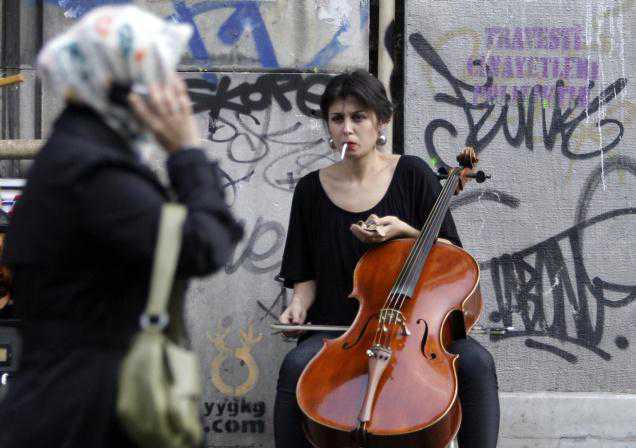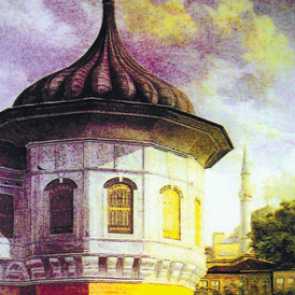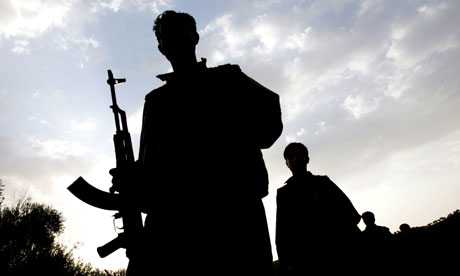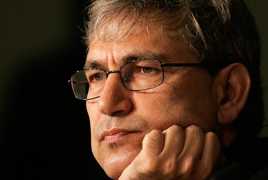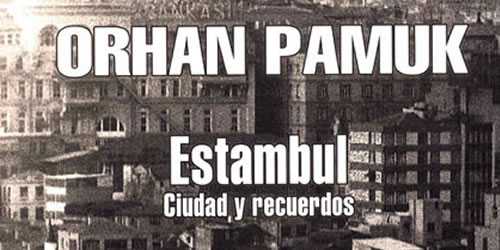A Kaleidoscope of Charms
By ANDREW FINKEL
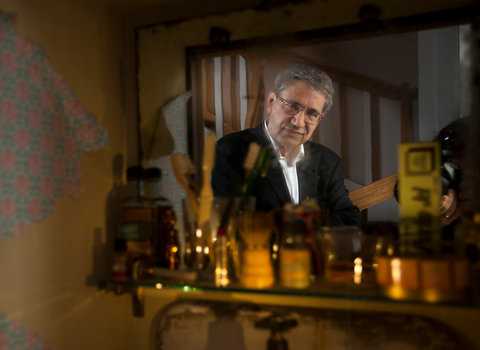
Orhan Pamuk reflected in a display at the Museum of Innocence in Istanbul on April 27.Jodi Hilton for The New York TimesOrhan Pamuk reflected in a display at the Museum of Innocence in Istanbul on April 27.
ISTANBUL — “We are all diminished by the success of our friends” is a saying that lies at the bedrock of the politics of envy. If true, it means that I, along with fellow squad members of my high school junior-varsity basketball team, have every reason to feel just a few centimeters high. Only one of us, Orhan Pamuk, has gone on to win a Nobel Prize.
That I manage to keep my own envy under control is the result of having watched Orhan swim in a sea of resentment far deeper than I could possibly imagine.
In December 2005, I used those long-dormant basketball skills to elbow my way through the crush of an Istanbul courtroom to watch him answer charges of “publicly denigrating Turkish identity.” The trial was like an absurd scene from one of his novels, the result of an off-the-cuff remark to a Swiss reporter that no one in Turkey spoke of the deaths of a million Armenians or of 30,000 Kurds.
This was enough to turn him into a hated figure for the Turkish right and a pawn in the ultranationalist game to alienate Turkey from Europe. Yet in many ways far more shocking than this mob fury was the assumption that made the rounds at polite dinner parties that Orhan was a rebel with only one cause: that all the fuss, even the death threats, was being stage-managed to impress his foreign critics.
Last week I braved another crowd on Orhan Pamuk’s behalf. This time it was to attend the opening of a museum he sponsored and curated. It bears the name of his novel “The Museum of Innocence,’’ a tale of tragic and obsessive love.
The book was originally conceived as a museum compendium of everyday objects —mementos that the narrator purloins from his former mistress over a series of years, from an earring to the charred ends of the cigarettes she smokes. Though the finished novel took a different form, its author set about collecting the endless bric-a-brac of which he writes, plundering flea markets around the Cukurcuma, a neighborhood of Istanbul where he had bought a small house.
He became determined to tell the story twice, first with words, then with objects.
Alongside the publication of the book, he set out to create an actual museum very different from the ones with columned porticos that narrate the history of nations. This one would be located in the backstreets of the human psyche, tease our memories and test, as Orhan put it at the press conference opening the museum, “our reactions to reality.”
The narrative begins in the 1970s, and the objects, lovingly and thematically arranged in display cabinets for each of the book’s 83 chapters, are a catalogue of the kaleidoscopic charms of Istanbul’s bourgeoisie: soda bottles, newspaper photos of “shamed” women who defied the strict sexual mores of the time, with a black line to conceal their eyes, toiletries that adorn a wet sink. Near the entrance is a stunning tableau of 4,213 cigarette butts pinned like butterflies to a board, the legend of each one annotated by hand.
It is manic, an example of art imitating art, but at the same time it is breathtaking, perplexing, thought-provoking and everything that conceptual art aspires to but so rarely succeeds at.
“It is the first museum based on a novel,” Orhan said at the press conference. It is not intended as a tribute to his book but meant to work independently. Being a first, he added, is not enough. “Like literature, art should make the familiar look strange, the ordinary look beautiful.” Packing this all into a small house was no less complex than “designing a submarine.”
It took years and cost the $1.5 million winnings of a Nobel Prize. So why did he do it?
“It makes me happy,” he said. And I know what he means. It made me feel happy, too, and happier still to discover you can’t feel happy and envious at the same time.
Andrew Finkel has been a foreign correspondent in Istanbul for over 20 years, as well as a columnist for Turkish-language newspapers. He is the author of the book “Turkey: What Everyone Needs to Know.”
via The Success of Orhan Pamuk’s Museum of Innocence – NYTimes.com.

